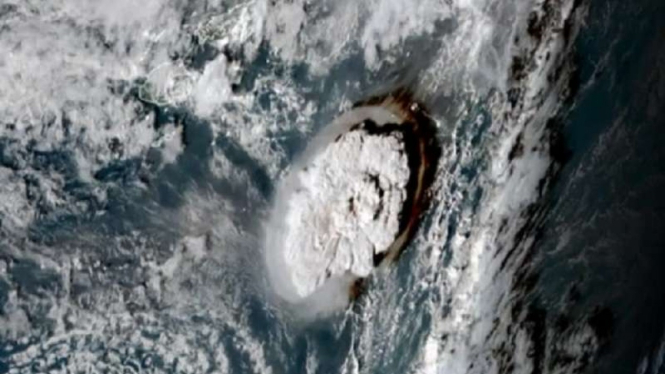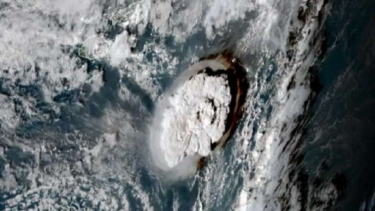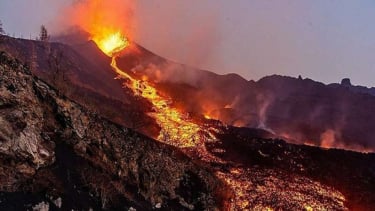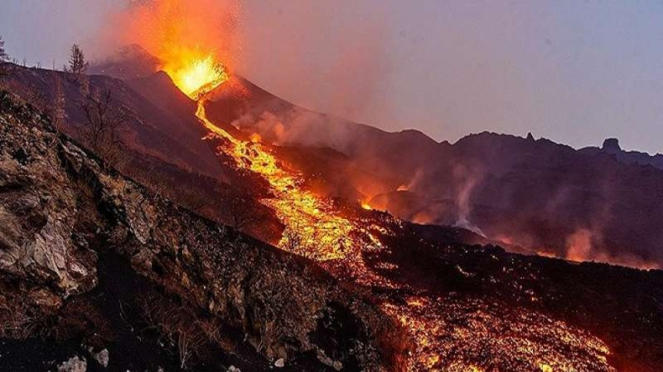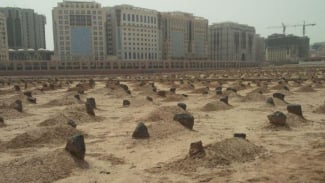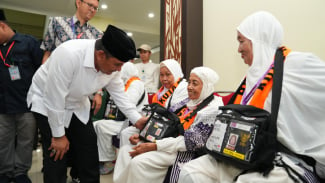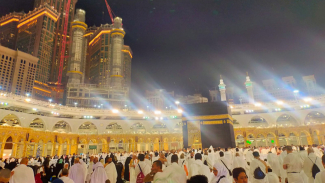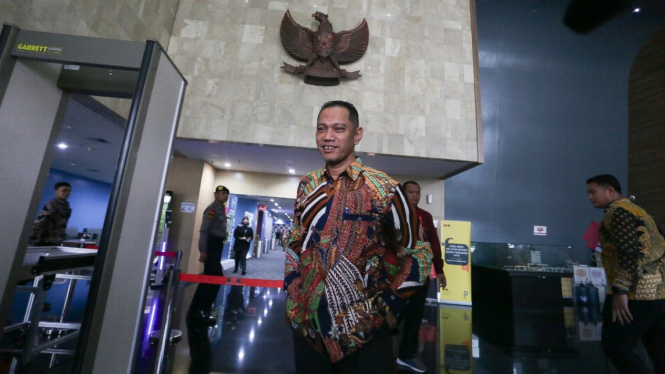- NOOA-BBC
VIVA – Probably, there are about 1,350 potentially active volcanoes around the world. According to Ed Llewellin, a professor of volcanology at Durham University in the UK, most of the planet's volcanoes are below sea level, along a 65,000 km or 40,000-mile ocean ridge system.
"About 80 percent of Earth's magma output comes from volcanoes along mountain ranges which are usually 3 to 4 km below sea level," Professor Llewellin remarked as quoted from Livescience site, on Monday, January 1, 2022.
Many volcanoes on land are located around the Pacific Ocean. It is because the Pacific Ocean is bounded by a subduction zone, which is a place around the edges of tectonic plates where one plate slides under another.
As a result of this tectonic activity, the Pacific is home to the Ring of Fire, a 25,000-mile (40,000 km) horseshoe-shaped, seismically active belt that is the center of about 90 percent of the world's earthquakes and 75 percent of the world's active land volcanoes.
Erupsi Gunung berapi Cumbre Vieja di La Palma, Kepulauan Canaria, Spanyol.
- volcano.si.edu
Around the Pacific, an old, cold, dense oceanic plate slides under an adjacent continental plate.
As these plates descend back into Earth's mantle, they release water from minerals that build up on the ocean floor and cause the mantle above to melt, producing magma.
"Magma rises from the mantle above the descending plate and finds its way through the continental plate above it. This is the reason why there are volcanic arrays throughout the Pacific, such as the Andes in South America, the Cascades in North America, the Aleutians between Alaska and Siberia, and so on, Professor Llewellin added.
In the western Pacific, subduction zones feature one oceanic plate sliding under another oceanic plate.
It can form a chain of volcanic islands, such as the Japanese archipelago and most of Melanesia, the Oceania subregion in the South Pacific that contains Fiji, Vanuatu, Solomon Islands, and Papua New Guinea.

